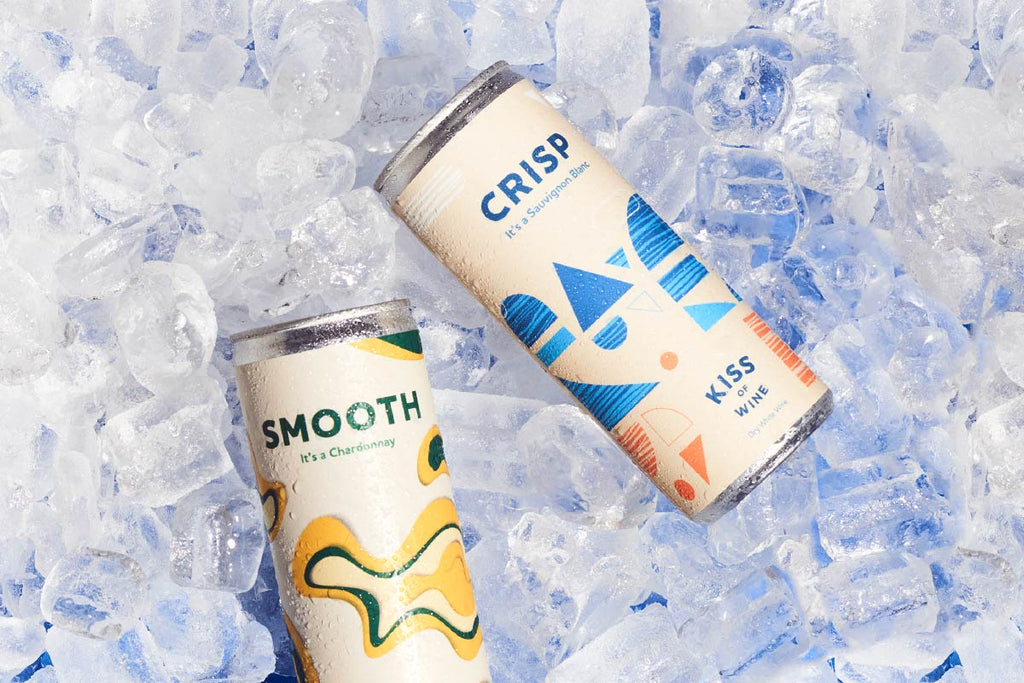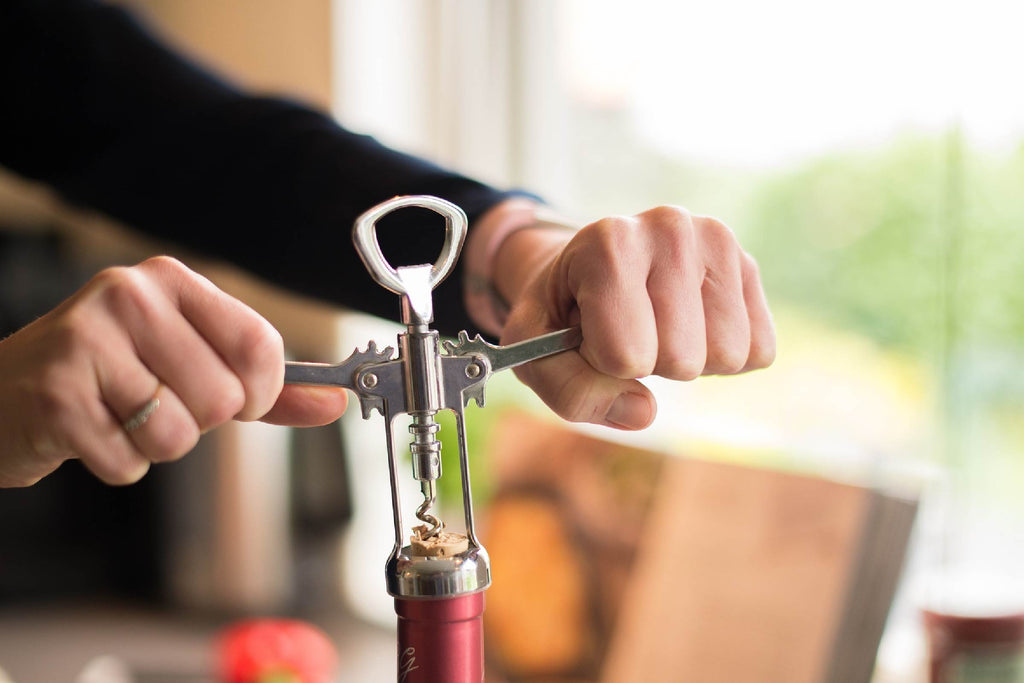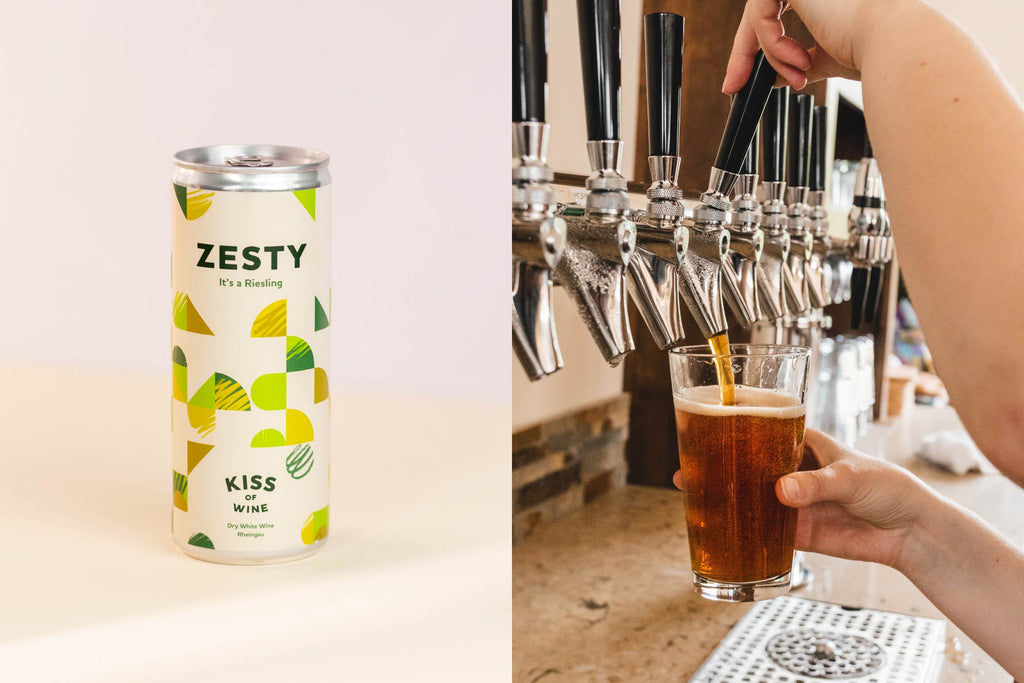Your wine glass 101
HOW MANY DO YOU ACTUALLY NEED?
Chilean poet, Pablo Neruda, kept an array of multi-colored wine glasses at his house in Isla Negra, believing their color impacted the taste of his wine. And we’re here to tell you that is wrong. However, if all his wine glasses were different shapes, then he was more on the money.
There’s a wine glass for every style of wine you would ever want to drink. But do you really need a different glass for every liquid? The short answer is no. Not because of the expense, or even the storage space, but because - like most things in wine - this could be a lot simpler.
The style and size of wine glass does impact your experience, however, if we distill this down to the basic physics of your glass, you get to a handful of different glasses that will immediately elevate your wine moment. We’ve spoken to our wine experts to see what you actually need in your glass cupboard, and more importantly, what you don’t.
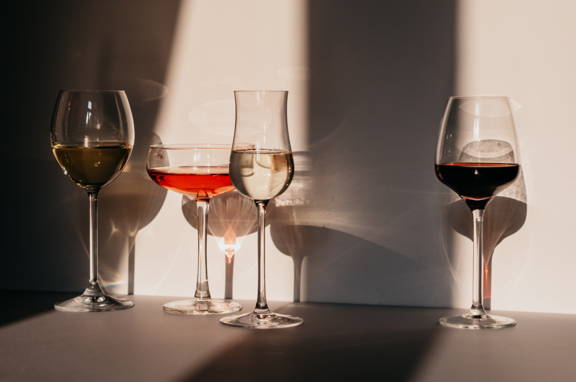
WHAT’S WITH ALL THE WINE GLASSES?
Let’s start with the basics, even the novice wine drinkers among us will have heard people talk about ‘decanting wine’, and the premise is the same; a wine’s smell, taste and finish changes depending what you’re drinking from, as when wine interacts with oxygen, it allows the flavours to develop (we talk a bit more about this here.)
The various shapes and sizes available determine how much oxygen the liquid meets, and different wines work better with varying amounts and ultimately how many of its aromas are released. In fact, one wine will display completely different characteristics when served in different glasses and many an expert has been thrown when tasting the same wine from a myriad of glasses.
Your glass consists of three main parts; the bowl, the stem and the base, all of which work together (hopefully, but not always) in harmony to perfectly show off the liquid within. It is the bowl that we’re looking at today though, and how the variety in shape, size and rim that impacts the wine you taste.
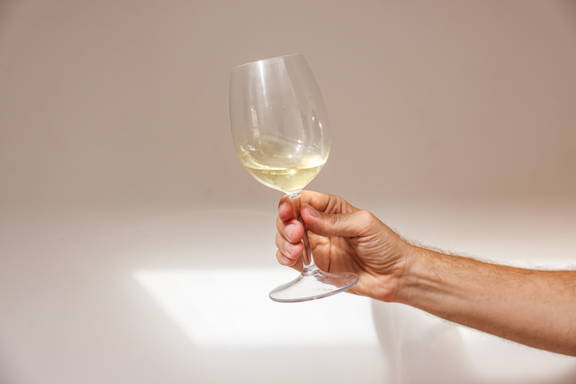
YOUR WHITE WINE GLASSES
Typically, white wine glasses are smaller, as white wine tends to be served at cooler temperatures and smaller glasses help maintain this chill.
For lighter-bodied white wines, we suggest using a ‘Sauvignon Blanc glass’, which is a more ‘U-shaped’ vessel that limits oxygen in the glass, meaning they are especially good at preserving the more delicate floral aromas as well as keeping your nose closer to the action which enhances the drinking experience.
For full-bodied white wines, going for a slightly larger and rounder glass is better, usually known as a ‘Chardonnay glass’ which encourages aeration and the releasing heavy aromas. Their wider rims help express acidity and lead to a smoother overall finish.
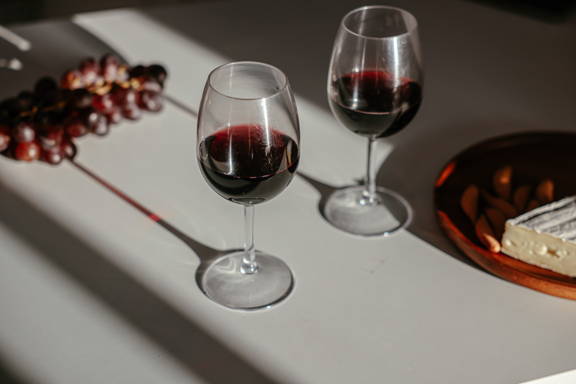
YOUR RED WINE GLASSES
Red wine glasses are bigger than white wine glasses; they have a broader rim and larger bowl which increases oxidation and the release of ethanol, enhancing both flavours and aromas (which is especially important for canned wine) and ensuring a smooth finish, and the increased contact with your tongue also softens tannins, which red wines have more of.
For light-bodied reds, get yourself an ‘Aroma Collector glass’, otherwise called a Bourgogne. Larger than a white wine glass but smaller compared to a full-bodied red glass, it helps the more subtle aromas in light-bodied reds sing.
When it comes to full-bodied reds, enter, the ‘Bordeaux glass’. This glass creates the largest distance from the nose to the mouth, reducing the burn of ethanol on the senses. It also directs wine to the back of the mouth, minimising bitterness.
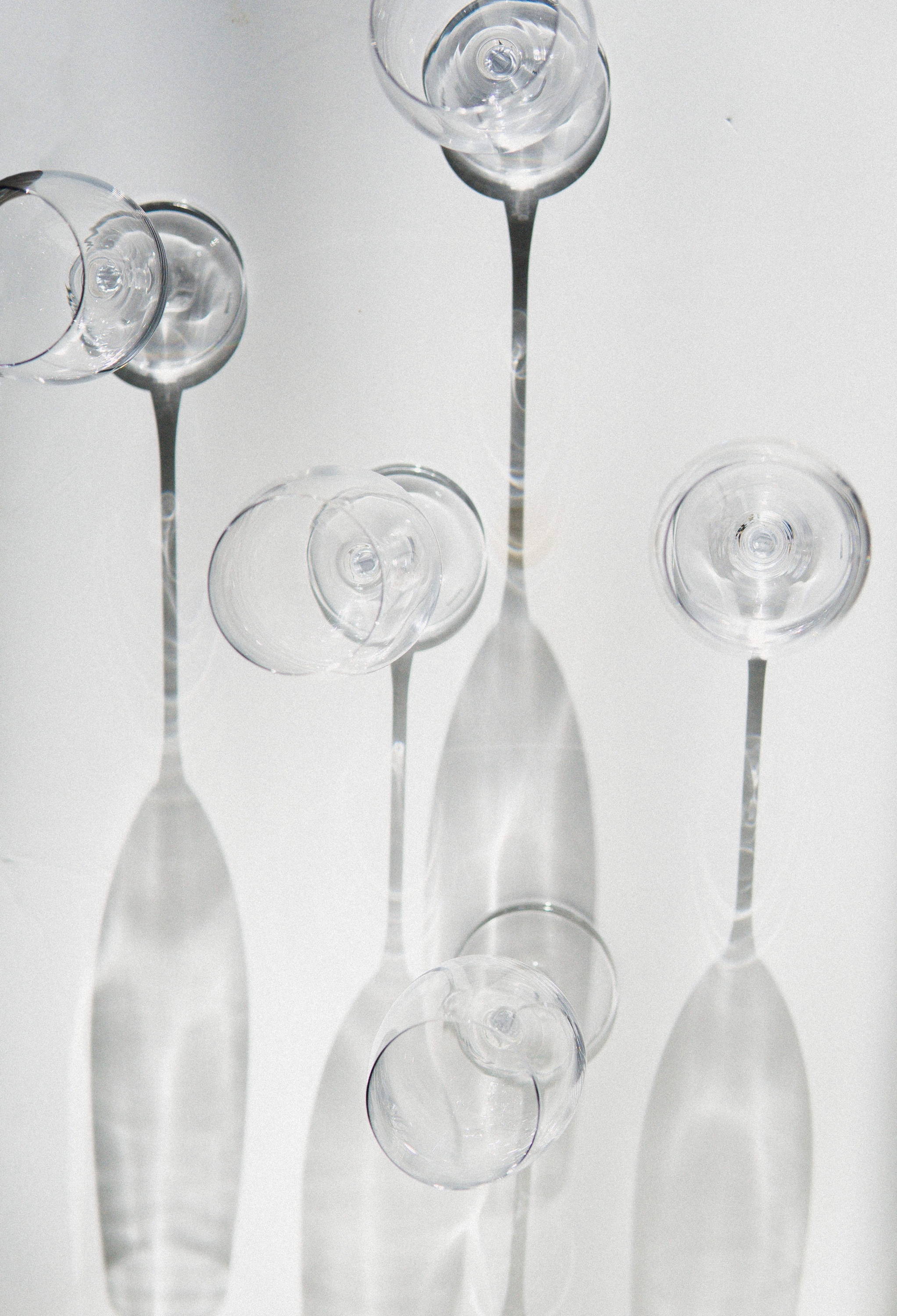
ROSÉS, SPARKLING & SPARKLING ROSÉS
And we can’t leave our favourite pink drink out now can we - Rosé wine is best served in an ‘Aroma Collector’, like a light-bodied red. As the name suggests, it will capture the delicate flora and fresh fruit notes of a typical Rosé, while also softening any tannins that have been imparted into the wine.
For your fizz, flute glasses tend to be seen as the best for any sparkling variety, and if this is all you have, then they are great vessels for your liquid as the long slender shape preserves the bubbles. However if you want to get the absolutely best out of your fizz, go for a ‘Champagne wine glass’, which is more tulip shaped. This is because the slightly larger rim diameter helps the scent to release in a way that is not possible with a narrow opening.
This glass also has a ‘sparkling point’, which channels the formation of the bubbles - you know when you see a stream of bubbles from the bottom of the glass to the top? - because what is bubbly without bubbles.
So you see, not quite as simple as red vs. white… but almost. Happy sipping!




